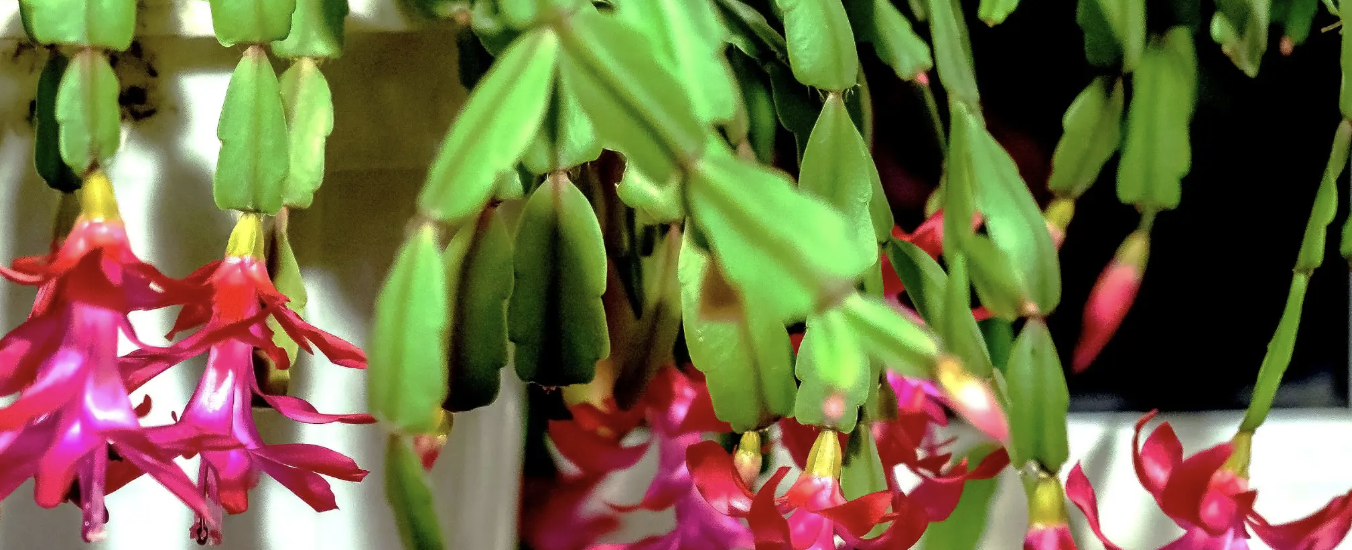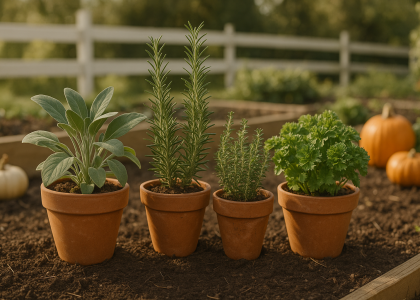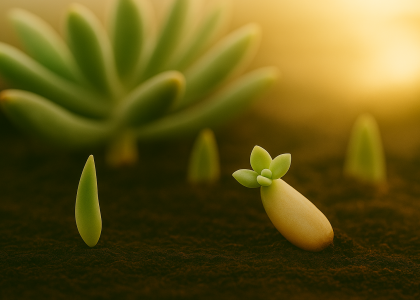When you hear “cactus,” you might picture blazing sun, dry deserts, and spiny green columns. But tucked high in tropical tree canopies grows a different kind of cactus—lush, leafy, and often in bloom. Epiphytic cacti are the jungle’s gentle rebels, thriving without soil and blooming with elegance. Perfect for indoor gardeners and houseplant lovers, these cacti bring softness and serenity to any space.
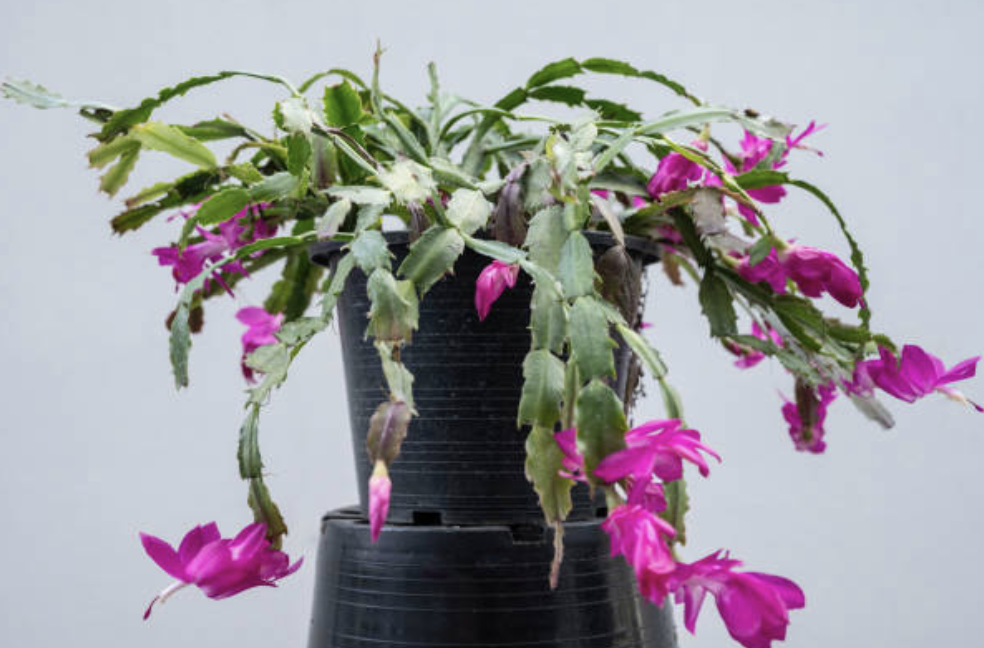
What Are Epiphytic Cacti?
- Botanical Genera: Epiphyllum, Schlumbergera (Christmas Cactus), Rhipsalis, Hatiora
- Common Names: Orchid cactus, mistletoe cactus, holiday cactus
- Native Habitat: Tropical rainforests of Central and South America
Fun Fact: Unlike desert cacti, these live on tree branches—absorbing moisture and nutrients from the air and organic debris.
Appearance & Structure
- Stems: Often flat, segmented, or trailing. No true leaves—photosynthesis happens through the stem.
- Spines: Rare or soft-bristled; most varieties are touch-friendly.
- Flowers: Often fragrant and dramatic—blooms appear seasonally, usually in winter or early spring.
- Roots: Small and aerial—used to cling to bark or moss in nature.

Growing Conditions: Mimicking the Jungle
Light:
- Bright, indirect light. Avoid harsh afternoon sun.
Soil:
- Use an airy mix: orchid bark + peat moss + perlite = happy roots.
Watering:
- Water when the top inch of soil dries out. Don’t let them sit in water.
Humidity & Temperature:
- Humidity-loving—mist regularly or use a pebble tray.
- Keep between 60–80°F (16–27°C).
Epiphytic cacti don’t like being soaked, but they love a misty morning breeze.
Propagation Techniques
- Stem Cuttings: Let segments callous for 1–2 days, then plant in moist mix.
- Division: Older plants can be split gently when repotting.
Pro Tip: Time your cuttings just after the blooming season for the best rooting success.
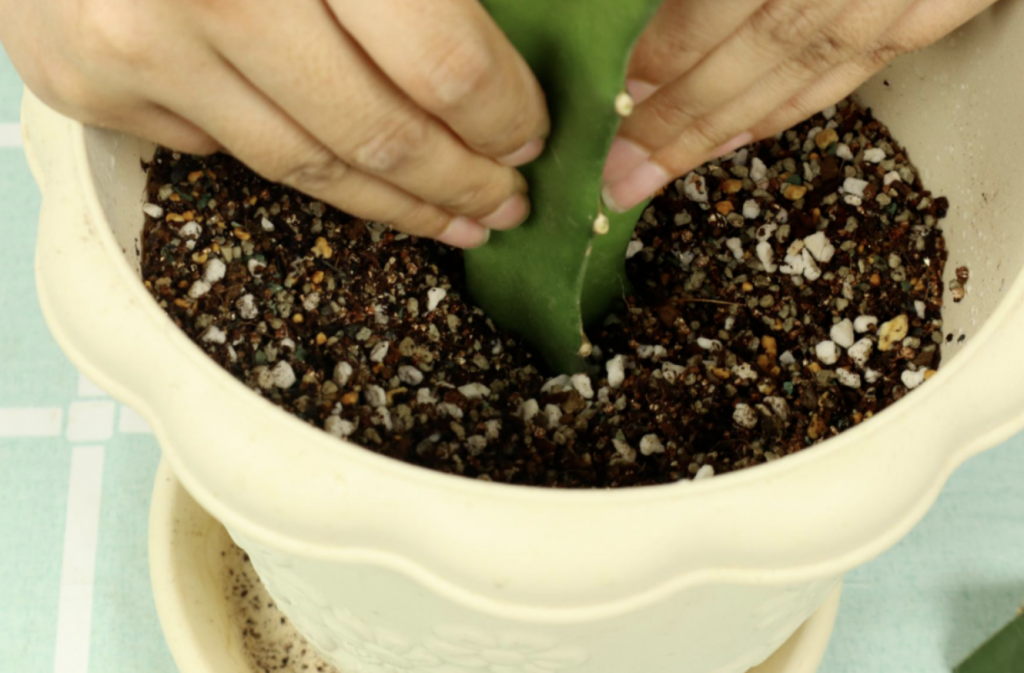
Pests & Problems
- Mealybugs: Appear as white fluff—dab with alcohol.
- Fungus gnats: Caused by excess moisture. Let soil dry out more.
- Bud drop: Often due to stress from sudden light or temp changes.
Common Mistakes
- Placing in full sun → leaf burn.
- Overwatering → root rot.
- Using compact soil → poor aeration = unhappy roots.
Favorite Epiphytic Cactus Varieties
- Schlumbergera bridgesii (Christmas Cactus): Blooms in winter; pink or red flowers.
- Epiphyllum oxypetalum (Queen of the Night): Huge, fragrant white flowers that bloom only once a year—at night.
- Rhipsalis baccifera: Trailing green stems with tiny white berries—perfect for hanging pots.

Styling Your Space
- Hang in macrame planters near north or east-facing windows.
- Place on bookshelves to trail downward with grace.
- Use natural planters (wood, terracotta, rattan) to match their rainforest vibe.
An epiphytic cactus in bloom feels like a small miracle—one born of calm care and slow patience.

Final Reflection: Wild Elegance, Grown at Home
Epiphytic cacti remind us that not all beauty is bold—some of it hangs quietly, blooming when the moment is right. They bring a soft, green breath of the rainforest into our lives, teaching balance, gentleness, and steady care.
Want more SEO Keywords : epiphytic cactus care, indoor orchid cactus, rainforest houseplants, Schlumbergera light needs, hanging cacti indoor, how to grow jungle cacti, tropical cactus propagation
Have a blooming orchid cactus or mistletoe cactus moment to share? Tag us with #RainforestWindows and let your gentle jungle grow.

